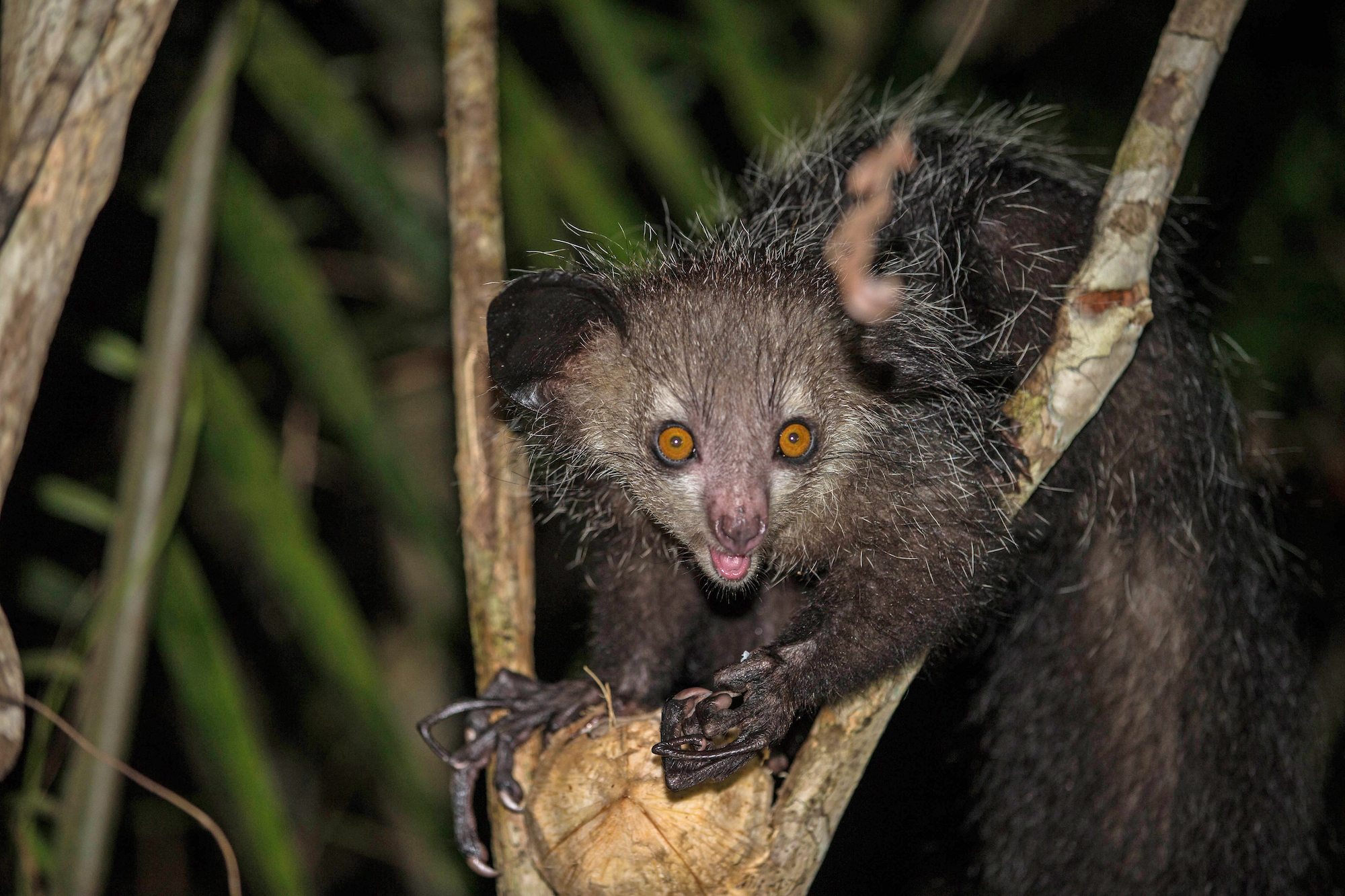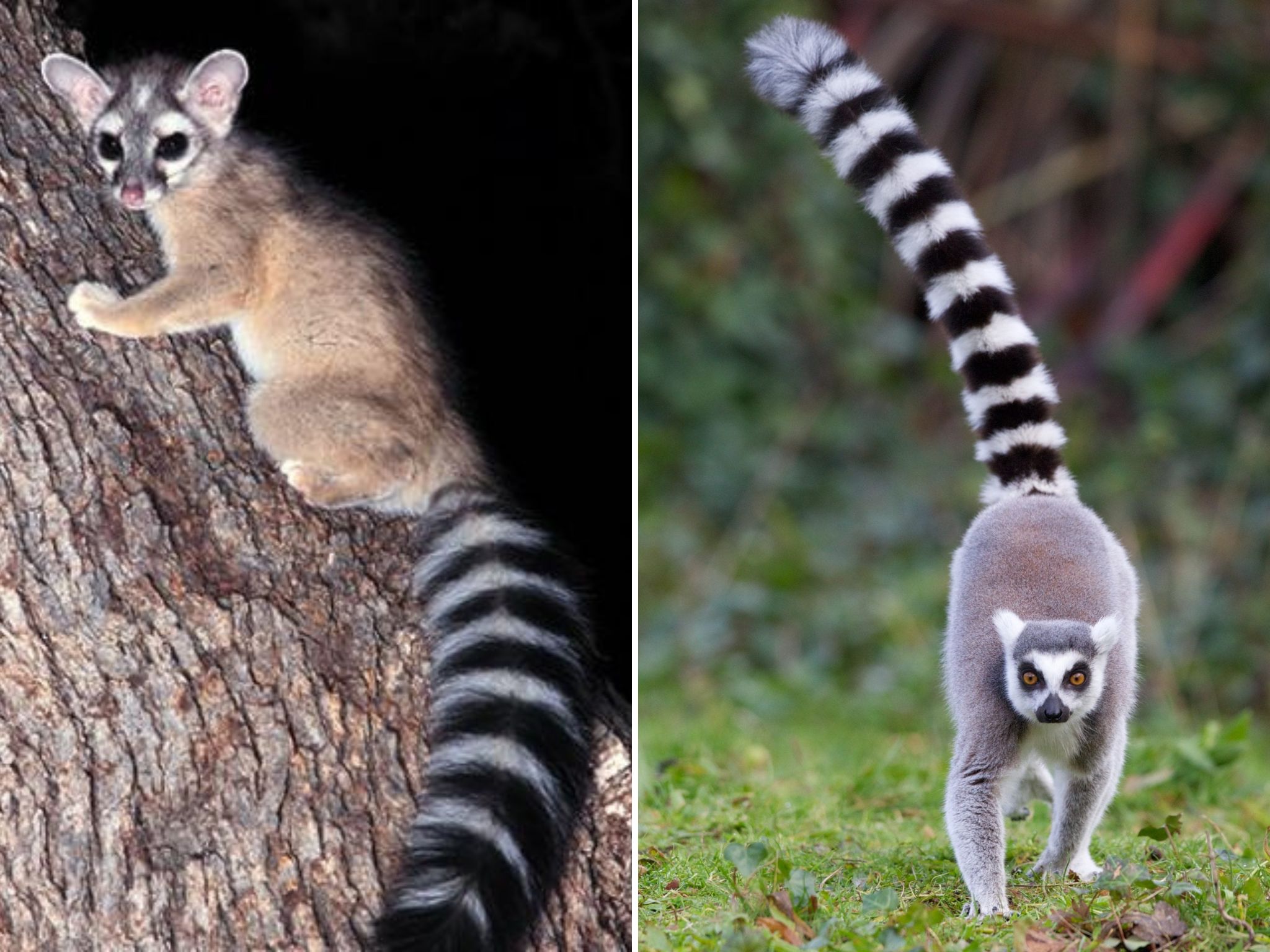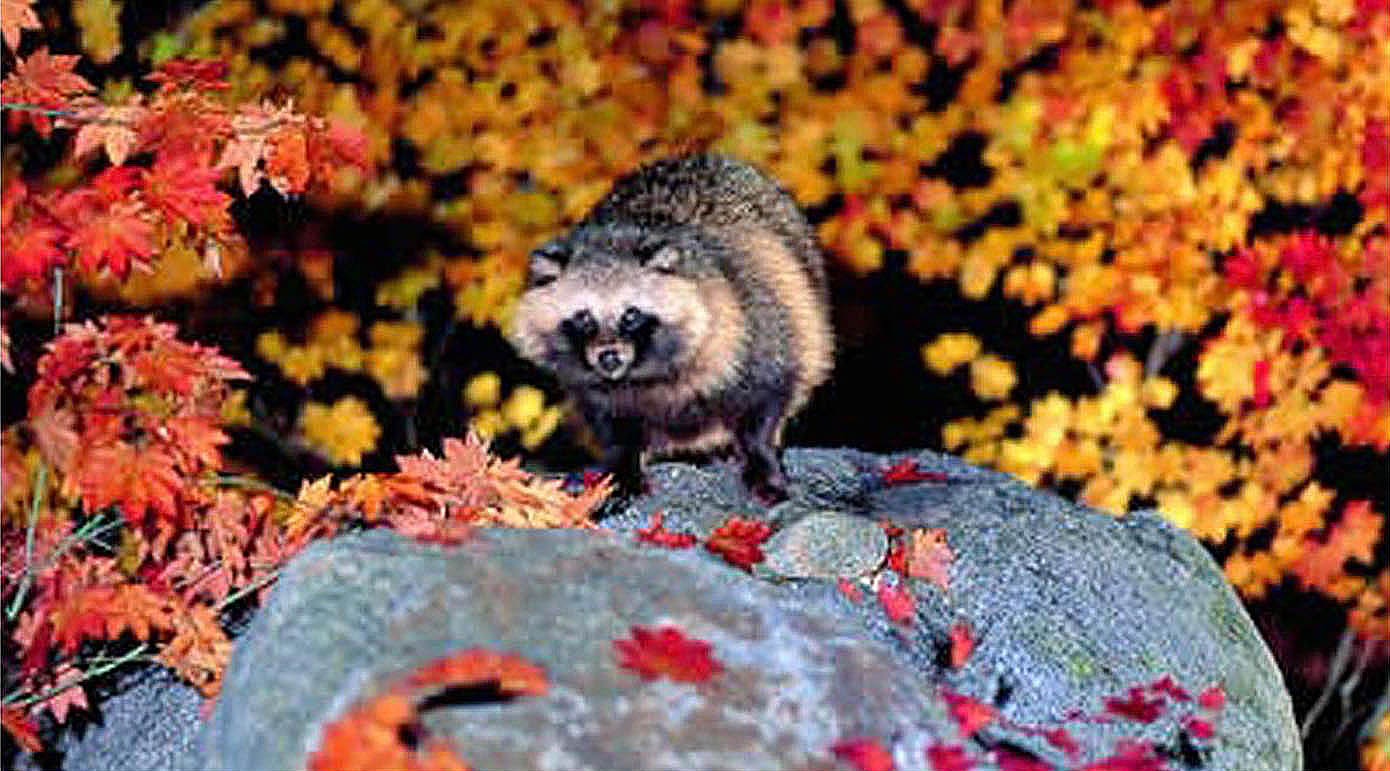
Aye-Aye FAQs: Unveiling the Enigma of Madagascar
The aye-aye, with its intriguing features and elusive nature, is a captivating lemur species endemic to Madagascar. Here are some frequently asked questions to shed light on these unique primates:
1. What are aye-ayes and what do they look like?
Aye-ayes (Daubentonia madagascariensis) are medium-sized, nocturnal lemurs with large, round eyes and coarse, dark fur. Their most distinctive features include:
- Long, Slender Middle Finger: This specialized finger, with a hooked claw, is perfectly adapted for tapping on trees and extracting insect larvae.
- Large Ears: Their prominent ears help them locate prey by sound.
- Rodent-like Incisors: These continuously growing teeth are perfect for gnawing on wood and nuts.
2. Where do aye-ayes live?
Aye-ayes are found throughout Madagascar, inhabiting various forest types, including rainforests, dry forests, and even mangroves. They are primarily nocturnal, spending their nights foraging for food.
3. What do aye-ayes eat?
Aye-ayes are omnivores with a unique diet. They use their remarkable middle finger to tap on trees, listening for insect larvae hidden beneath the bark. They then gnaw holes and extract the grubs with their long finger. They also eat fruits, seeds, and occasionally nectar.
4. Are aye-ayes social creatures?
Traditionally considered solitary, recent research suggests aye-ayes may interact more than previously thought. They maintain loose territories and occasionally communicate through vocalizations.
5. Are aye-ayes endangered?
Sadly, aye-ayes are classified as endangered by the IUCN. Habitat loss due to deforestation and hunting are significant threats. Additionally, aye-ayes have been subjected to superstition and persecution in some parts of Madagascar.
6. What can we do to help aye-ayes?
- Support organizations working on aye-aye conservation and education.
- Advocate for sustainable forestry practices in Madagascar.
- Spread awareness about the importance of protecting aye-ayes and their habitat.
7. Do aye-ayes have any unusual adaptations?
Yes! In addition to their specialized finger, aye-ayes have a uniquely flexible ankle joint that allows them to rotate their foot 180 degrees, helping them grasp branches and access hidden food sources.
8. Are aye-ayes closely related to any other animals?
Despite their superficially rodent-like features, aye-ayes are actually primates, most closely related to bushbabies and lemurs. However, they are the sole surviving member of their own family, the Daubentoniidae.
By learning more about aye-ayes, we can appreciate their fascinating adaptations and work towards ensuring their survival in the vibrant ecosystems of Madagascar.






